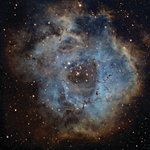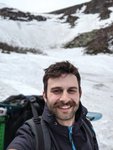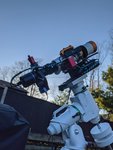Lucas “Luc” Maguire spends a lot of time in his Johnston backyard.
He loves both the stars and photography. One day, he decided to combine his passions.
“Ever since I can …
This item is available in full to subscribers.
We have recently launched a new and improved website. To continue reading, you will need to either log into your subscriber account, or purchase a new subscription.
If you are a current print subscriber, you can set up a free website account by clicking here.
Otherwise, click here to view your options for subscribing.
Please log in to continue |
|



Lucas “Luc” Maguire spends a lot of time in his Johnston backyard.
He loves both the stars and photography. One day, he decided to combine his passions.
“Ever since I can remember I have always been fascinated with what's right above us and the night sky, but I also had a great passion for photography growing up and was fond of graphic design in high school,” he said. “In early 2019, I started to take my DSLR camera and mount it to my refractor telescope and take images of the moon, but there was that constant voice in my head that wanted more.”
Like most space explorers, Maguire wanted to go deeper.
“I jumped into the world of Astrophotography head first and over time built up a deep sky imaging telescope,” Maguire said. “I use this telescope to image the wonders of the cosmos from my backyard in Johnston.”
The 29-year-old wants to share his unearthly images with the world.
His amazing images will appear in the pages of the Johnston Sun Rise on a semi-regular basis.
“I’d love to get my images out there,” Maguire said.
The Sun Rise plans to help him showcase the art he captures from his backyard. .
“Thanks and clear skies,” he said, signing off after sending us his first submission, an image of the Rosette Nebula (NGC 2244).
“The Rosette Nebula is a Hydrogen gas region located near the Monoceros region of the Milky Way Galaxy,” Maguire said. “It spans 65 light-years across and is roughly 5,219 light-years from our Earth.”
Capturing deep space beauty can be far more complicated than just pointing and shooting.
“I imaged this target in my backyard, and stacked 45 individual images that were exposed for 300 seconds, making a total Integration time of 3 hours and 45 minutes,” Maguire explained. “I used a software called Pixinsight to bring out all of the nebulosity and detail of the target.”
Maguire’s photography can also be found at his Instagram account @oceanstateastro and his Twitter feed @OceanStateAstro.
Comments
No comments on this item Please log in to comment by clicking here